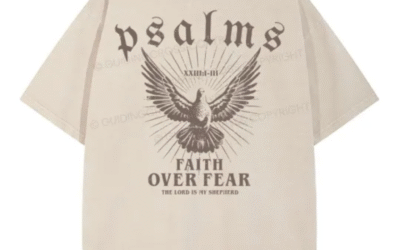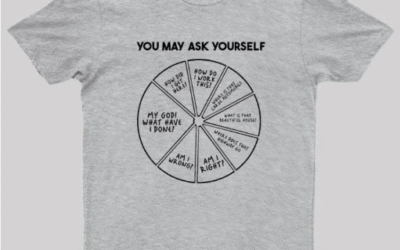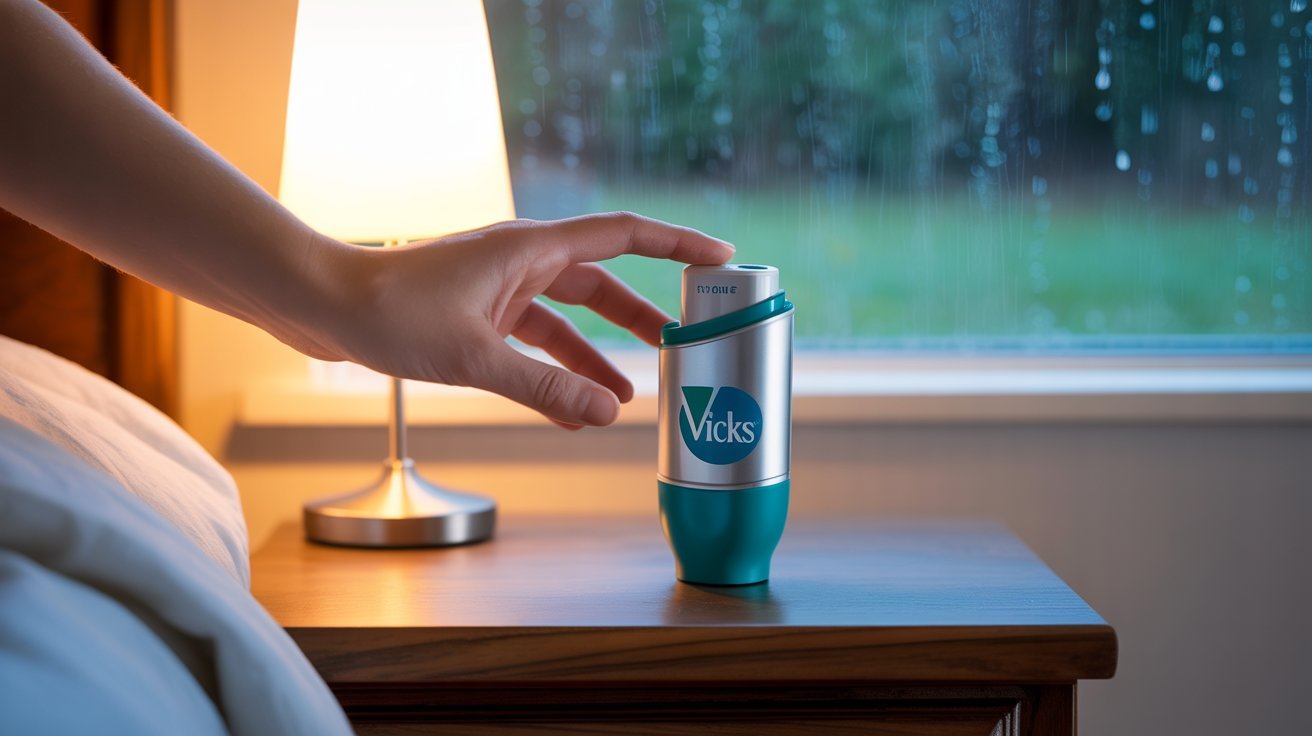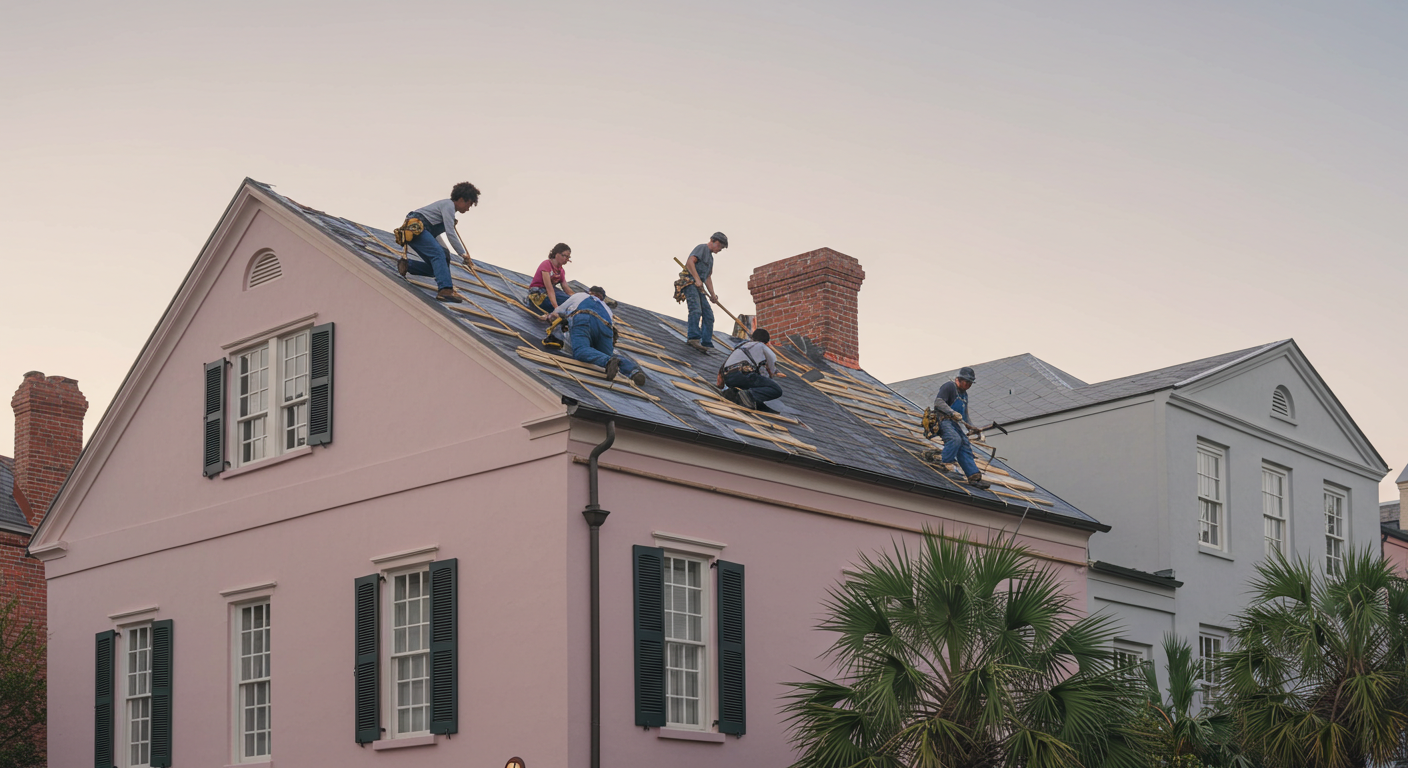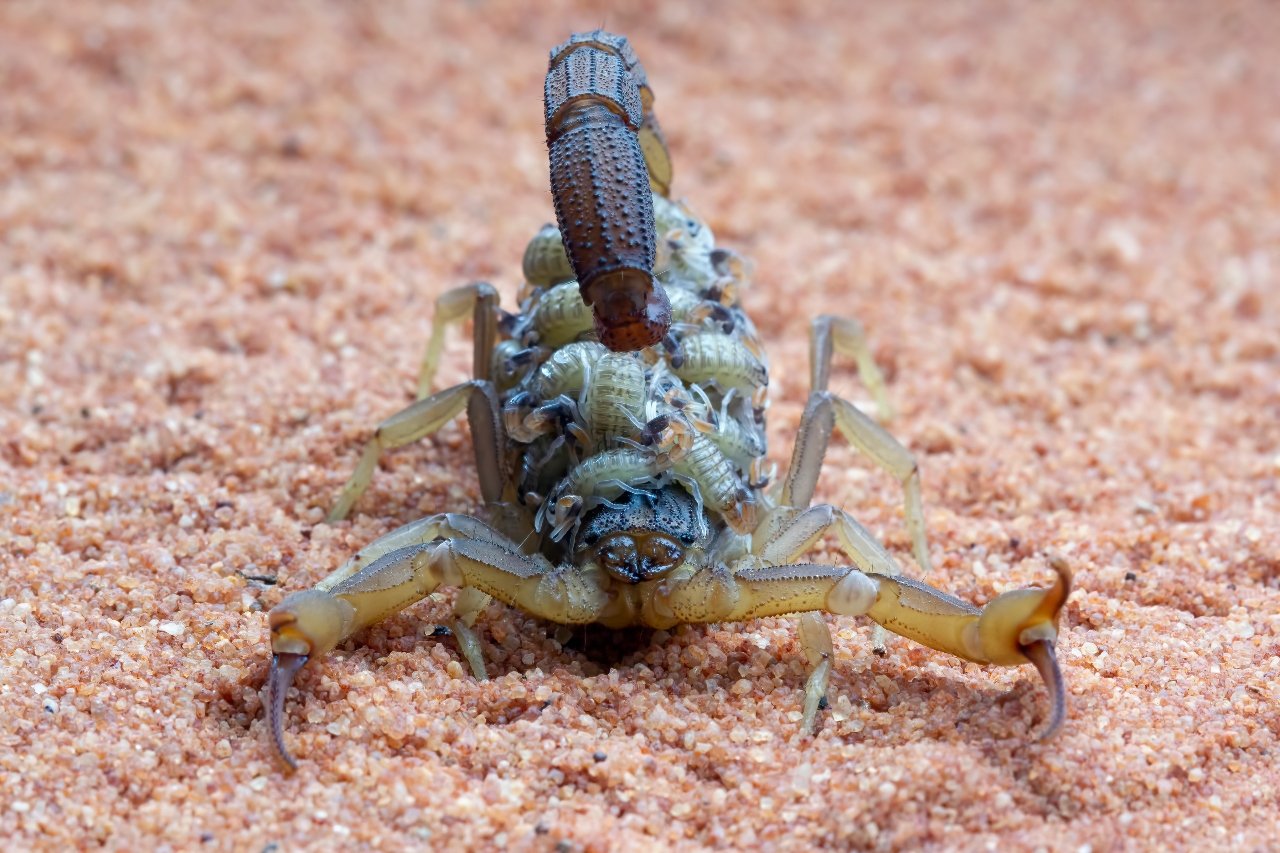European Mount: 7 Powerful Tips for a Stunning Skull Display

A European mount is a method of displaying an animal skull, especially from deer or elk, where all the flesh is removed, and the cleaned skull is presented—often bleached white—without the hide or flesh. It’s a popular alternative to traditional shoulder mounts because it’s more affordable, highlights the antlers or horns better, and is easier to DIY.
This method is favored by hunters and wildlife enthusiasts who want to preserve and honor their harvest in a neat, artistic, and educational way. You’ll often see it hanging on rustic wooden walls or even placed as a centerpiece in hunting lodges or themed cabins.
Additionally, because it focuses on bone structure and natural aesthetics, many nature lovers and interior decorators are drawn to the look.
History Behind the European Mount
Historically, this type of mount traces its roots back to Europe—hence the name. Hunters across the continent, particularly in countries like Germany, France, and Austria, started cleaning skulls for ceremonial, religious, and decorative purposes.
Over time, this tradition evolved into a cleaner, more standardized format. The display of white skulls and full antlers became symbols of both pride and respect for the hunt.
Nowadays, the process has been adapted by outdoor enthusiasts across the globe. It combines artistry with biology, allowing hunters to preserve their memory while appreciating the form of the animal.
Why People Love the European Mount
First of all, the aesthetic is clean and minimal. A stark white skull mounted on a piece of reclaimed wood or even framed in shadow boxes makes a strong visual statement.
Moreover, it requires less space and is far less costly than taxidermy mounts. That makes it accessible to more people, especially beginners or young hunters who may not want to invest in full shoulder mounts.
Importantly, it also educates others—showing anatomy and structure, especially for youth involved in biology or wildlife studies.
European Mount vs. Shoulder Mount: Key Differences
While both mounts preserve the memory of a hunt, they serve different purposes and appeal to different tastes.
| Feature | European Mount | Shoulder Mount |
|---|---|---|
| Cost | Low (DIY-friendly) | High (requires taxidermist) |
| Appearance | Minimalist, skeletal | Lifelike with hide and posture |
| Space Requirement | Small | Large |
| Skill Needed | Moderate to DIY | Professional |
| Maintenance | Easy – just dust occasionally | Difficult – requires care and upkeep |
How to Make Your Own European Mount
Creating your own mount can be rewarding. While it might sound challenging at first, the steps are quite simple if followed carefully.
Materials Needed
-
A fresh or cleaned skull
-
Pot or tank for boiling
-
Water and dish soap
-
Knife and pliers
-
Hydrogen peroxide (not bleach!)
-
Wire brush or old toothbrush
-
Mounting board or plaque
Step-by-Step Process
Skin and Prep the Skull
Remove all hide, eyes, tongue, and tissue. This is often done soon after harvesting the animal to make things easier.
Boil the Skull
Simmer—not boil—the skull in a pot of water and dish soap. Boiling too hard can damage bones or loosen teeth. Let it simmer for 1–2 hours, depending on size.
Clean and Scrub
After softening the tissue, use pliers and brushes to pull off all leftover flesh. It’s important to get into hard-to-reach places like the brain cavity.
Degrease
Let the skull soak in warm, soapy water for a few days. Change the water daily. This removes natural oils that can yellow the skull over time.
Whiten with Hydrogen Peroxide
Use 3–12% hydrogen peroxide to whiten the skull. Do not use bleach—it can damage the bones. Leave it to soak or brush it on and wrap with plastic.
Dry and Mount
Once dry, attach it to a wooden plaque or custom backing with screws or brackets. Choose a background that enhances its contrast.
Common Mistakes to Avoid with a European Mount
-
Using bleach instead of peroxide: This weakens bone structure.
-
Boiling too hard: It breaks or cracks delicate skull areas.
-
Skipping degreasing: The skull may yellow or smell later.
-
Not securing the skull properly: Leads to damage during hanging.
-
Overhandling: Oils from hands can stain the white finish.
Best Ways to Display a European Mount Indoors
-
Wall-mounted on reclaimed wood
-
Centered above fireplaces
-
Shadow-boxed with uplighting
-
Suspended from ceilings for 360° view
-
On shelves with vintage hunting gear
Make sure it’s displayed where temperature and humidity remain stable.
How to Display a European Mount Outdoors
Outdoor displays should be sealed with a UV-protective clear coat. Additionally, use a sturdy, weather-resistant mount and place it in a covered area like a porch.
Caring for a European Mount Over Time
Even though skulls are quite durable, they still need care. Dust occasionally with a soft cloth. Avoid direct sunlight to prevent yellowing. For deep cleaning, gently wipe with a slightly damp cloth using hydrogen peroxide.
What Types of Animals Work Best for European Mounts?
-
Deer
-
Elk
-
Moose
-
Boar
-
Antelope
-
Rams
Bird skulls and smaller mammals like raccoons can also be mounted, although the process becomes more delicate.
Can You Buy Pre-Made European Mounts?
Yes. Many hunters sell their own, or taxidermists offer ready-to-hang options. Etsy and hunting expos are great places to find unique and artistic interpretations of this classic mount.
How to Add Personal Touches to Your European Mount
-
Paint the skull with natural dyes or tribal patterns
-
Engrave hunt details into the plaque
-
Add LED lighting
-
Display with related artifacts (shell casings, field photos)
- SEE ALSO
FAQs
How long does it take to make a European mount?
Typically 2–5 days, depending on your method and how fresh the skull is.
What kind of peroxide is safe for skull whitening?
Use 3% to 12% hydrogen peroxide, commonly available at beauty supply stores.
Can I mount a skull that’s already dried out?
Yes, but you may need to rehydrate tissue to clean properly before whitening.
Should I seal the skull after whitening?
Not necessary indoors, but a matte acrylic sealant helps outdoors.
Why is my skull turning yellow?
This could be due to leftover grease or direct sunlight. Degrease better and avoid harsh lighting.
Is it legal to keep and mount skulls?
Yes, but laws vary by location. Always check local wildlife regulations before collecting.
Conclusion
The European mount is more than a hunting trophy—it’s a piece of art, a memory, and a science lesson all in one. Its clean design and natural elegance make it a favorite among hunters and decorators alike. By following the right steps and avoiding common mistakes, you can create a stunning display that honors the animal and tells your story.


